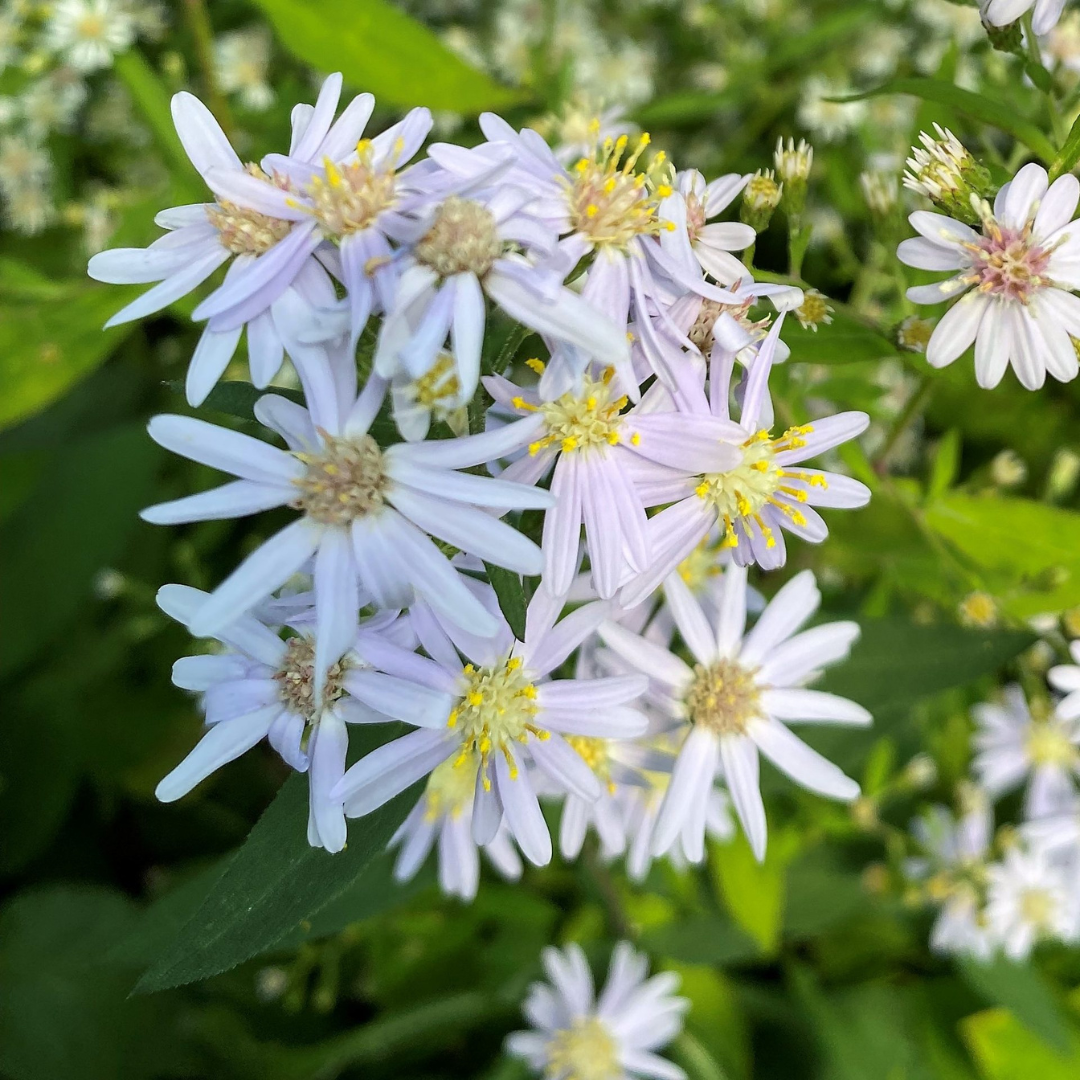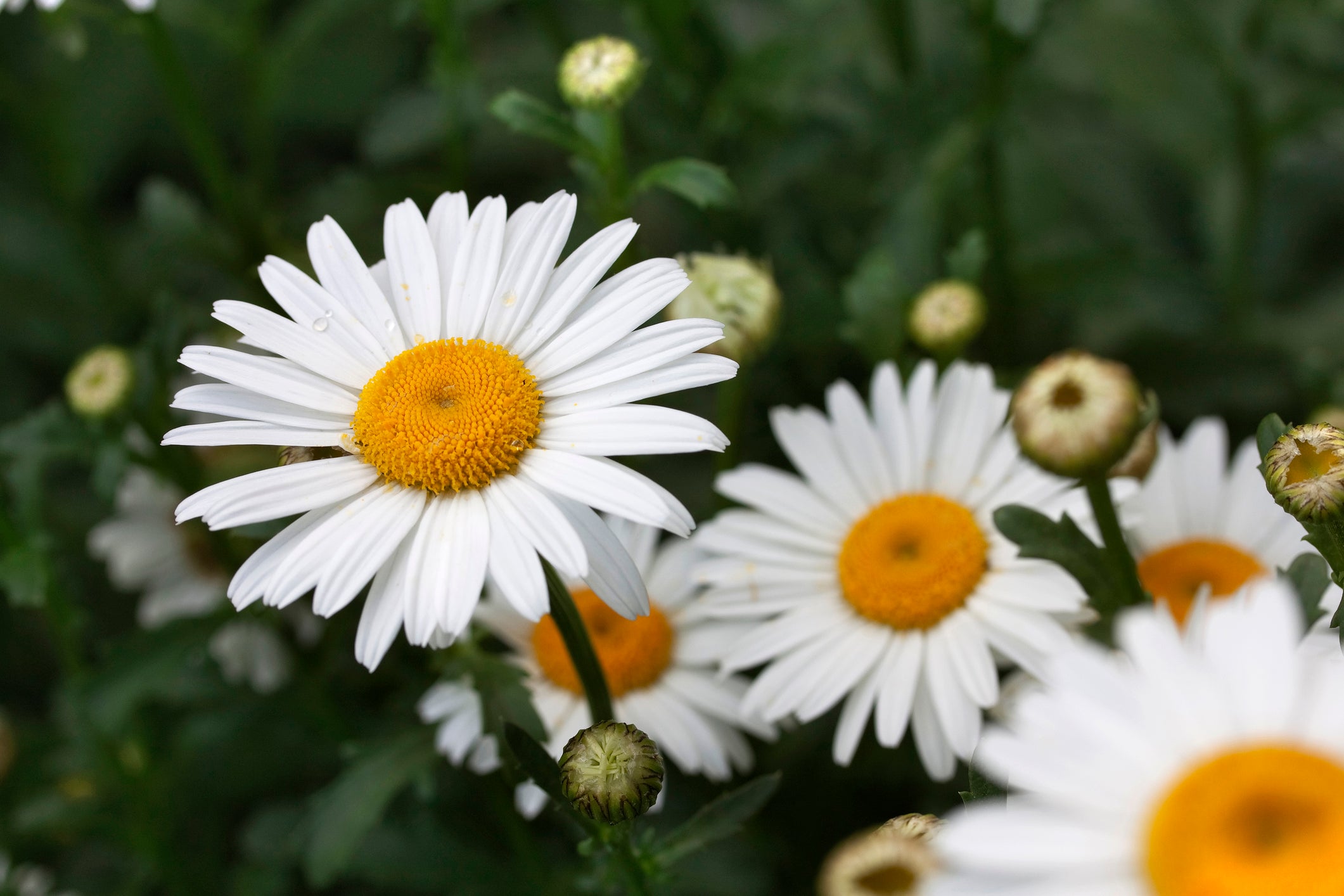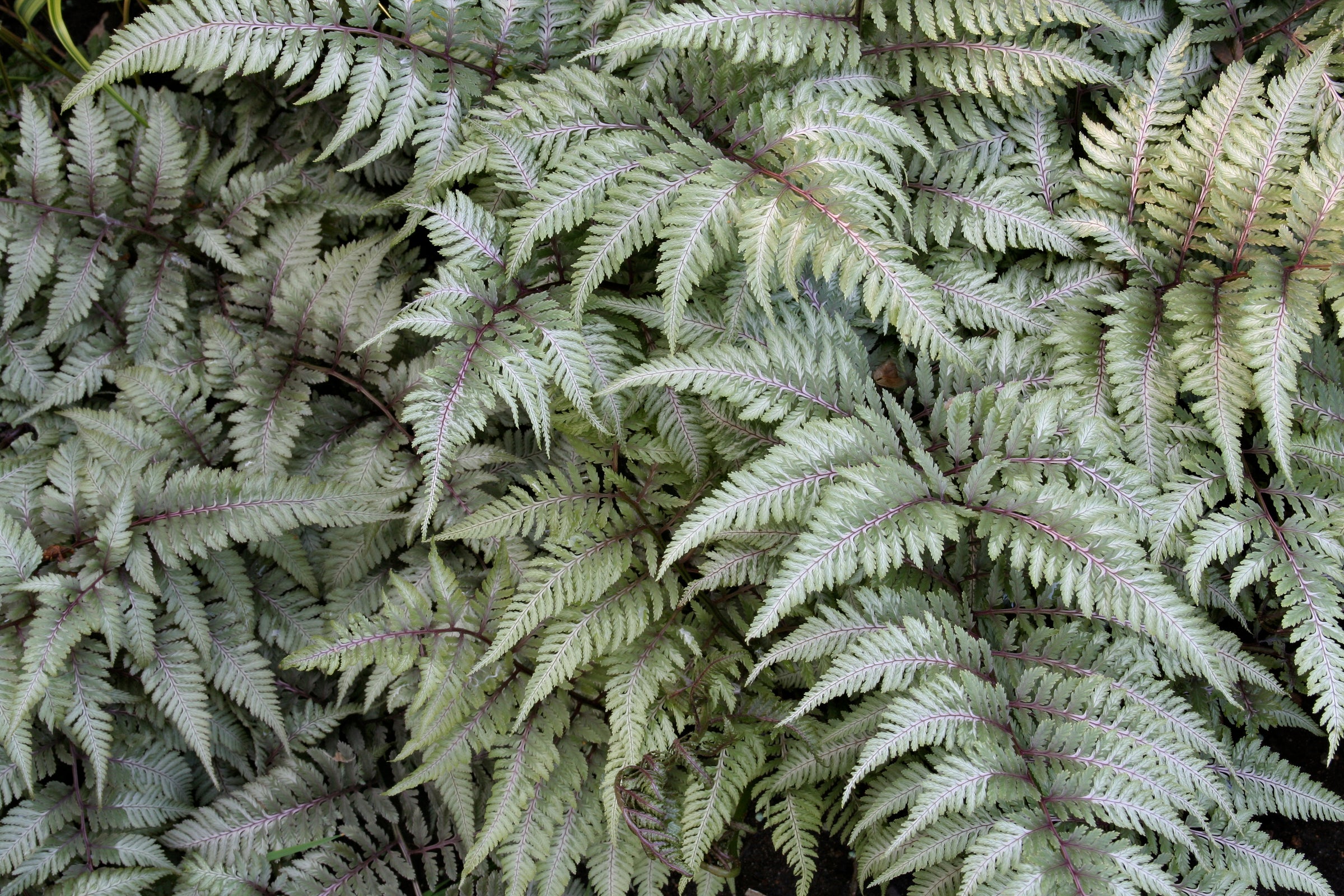
Aster macrophyllus
Add to Wishlist Full Sun
Full Sun
 Partial Sun
Partial Sun
 Pollinator Friendly
Pollinator Friendly
 Native
Native
- In stock, ready to ship
- Backordered, shipping soon
Aster macrophyllus (also known as Eurybia macrophylla): Woodland Starshine
One of the earliest asters to bloom, Aster macrophyllus—now also classified as Eurybia macrophylla—offers soft, lavender-blue daisy-like flowers that gently brighten the woodland edge or shady garden in late summer. Its broad, heart-shaped basal leaves form a handsome groundcover through spring and early summer, providing textural contrast even before the airy flower clusters appear. Tolerant of dry shade and loved by pollinators, this native perennial brings subtle colour and ecological value to underused spaces.
Plant Characteristics:
- Height: 60–90 cm (with bloom)
- Spread: 45–60 cm
- Flower Colour: Soft lavender-blue with yellow centres
- Flowering Period: Late summer to early fall
- Foliage: Large, heart-shaped, coarse green leaves
- Sunlight Requirements: Part sun to light shade
- Soil Requirements: Well-drained to dry, average or woodland soils
Uses and Benefits: Aster macrophyllus is ideal for naturalized plantings, woodland edges, and dry shade borders where few perennials thrive. It spreads gently to form informal drifts, stabilizing soil and providing a vital late-season nectar source for bees and butterflies. Its adaptable nature and lush basal foliage make it both beautiful and practical in native plant gardens and ecological designs.
Companion Plants: Blend with the soft, arching texture of Carex pensylvanica, the rich foliage of Heuchera 'Palace Purple', and the graceful fronds of Dryopteris 'Eastern Wood Fern' for a layered woodland tapestry that thrives in shade and evolves beautifully through the seasons.
Care Instructions: Plant in part sun to light shade in average, well-drained soil. Once established, it tolerates dry conditions and spreads modestly by rhizomes. Cut back stems in late fall or early spring. Divide every few years if clumps become woody or overcrowded. No need for staking—its natural form is tidy and upright.
History: Native to eastern North America, Aster macrophyllus—now often referred to as Eurybia macrophylla—is an important woodland species and a reliable performer in low-light, low-maintenance plantings. Its quiet grace and ecological value have earned it a place in both restoration projects and designed landscapes.
Final Thoughts: Gentle yet resilient, Aster macrophyllus brings the soft light of autumn into shady spaces—an essential native perennial with understated charm and seasonal grace.




